So, you want to create a good, memorable character that readers will care about. Somebody who comes across as three-dimensional and a proper person in their own right. This can seem difficult, but there are some principles that will help bring your character to life on the page.
Start with the question
The starting point for any good character is a single question: "What does this character want?" Everybody wants something, and what they want, deep down inside, will impact every decision they make and action they take. Even a character who supposedly wants nothing actually often translates into "wanting to be left alone." This doesn't have to be a big thing - a character doesn't have to want to save the world (and, in fact, the smaller and more fundamental the thing the character wants happens to be, the more true it will feel to the reader).
A great example of this is from my favourite action movie from the 1980s, Hudson Hawk. The protagonist in that movie is an ex-con who was once the world's greatest cat burglar, but now that he's just out of jail he just wants to drink a cappuccino. That's it. This desire doesn't manifest in overt ways (there are no scenes where he breaks into a cafe to use their coffee machine), but it does govern his actions throughout the movie. Right up to the climax, everything he does is towards the goal of extracting himself from the situation he's in so that he can be left in peace to drink a cappuccino.
In the story I'm writing right now - the sequel to Re:Apotheosis - the first thing I did for every character is come up with what they want. Minus the spoiler character, Daiki Yamato wants to go home; Aquila wants to atone for what she did during a war, and Kasumi wants to protect Aquila from herself. In some manner or another depending on the situation, this is the baseline for every action these characters take.
Draw from real life
Readers have an innate sense of what feels real. Most of the time, they'll be right. And this isn't surprising - we learn a lot about the world from osmosis. Most of us have never worked in construction, but we've seen enough construction sites to know that if a character starts going at concrete with a shovel rather than a jackhammer, it's wrong.
The more details we can add from real life to a character, the more real they will feel to the reader. For example, my wife grew up on a dairy farm. From her, I learned that farm life is a very different than city life, affecting everything from the tempo of the day to when meals are eaten (scheduled around chores) to differing attitudes towards livestock and pets, and a practical attitude towards killing and eating the former. Add these into a character who is a farmboy/girl heading off on an adventure, and it adds a reality to them that would be otherwise lacking.
Likewise, in Re:Apotheosis the characterization of Atria Silversword is based almost entirely on military officers I have met (many of whom had served in Afghanistan) or read about while doing my MA degree in War Studies at the Royal Military College of Canada. These officers had a very pragmatic attitude towards what they were doing, resulting in a very efficient "get the job done and move on" approach. So, when the fighting starts, for example, Atria's approach is very much "get the quick kill and move onto the next target" without any hesitation.
Take the character outside of their comfort zone
There is a mistake that I see/hear about a lot with people trying to write strong female characters - they write the character so that she can handle anything she comes across without breaking a sweat. The end result is that they remove most, if not all, of the narrative tension from the story.
The problem is that if a character remains in their comfort zone, always knowing how to deal with the things they encounter, there is no room for character development or growth. This, in turn, can leave the reader less invested in them, as watching a character grow is part of what makes a reader care about that character. Your characters need to be placed in situations that they don't know how to handle, forcing them to figure it out, make mistakes, and possibly even learn that what they really want is either not possible, actively harmful, or not what they really wanted in the first place.
Go where the character takes you
Once a character comes to life, they have their own journey through the narrative. In many ways, once this happens you, as the author, become less the author of their journey than the historian of it - you are documenting what happens instead of guiding it. And this means that your characters are now in a position where they can surprise you, and go against the outline of the story you're writing.
Whenever this happens, there is a temptation to try to twist the character into a pretzel to make them comply to the outline. And, this temptation is almost always the wrong thing to do. If a character suddenly goes against the path they're on without a reason that makes sense for them to deviate, it will jar the reader out of the story. It's much better to modify the scene to fit the character action than the character action to fit the outline of the scene.
This happened in the story I was writing a few days ago. The original outline required Aquila to act a certain way in response to a situation. However, once this situation arose, she was psychologically incapable of acting this way towards it (I am being vague to avoid spoilers, as this story will be running after Re:Apotheosis finishes up). Rather than try to shoehorn the outlined resolution in, I let Aquila do what she would have inevitably done. This in turn led to a powerful character moment that had not existed in the original outline, and was far better than what had appeared in it.
Sometimes, you have no choice, and the characters need a nudge to get them where they need to go. But, this nudge should only ever be used as a last resort, and it should never be anything more than a nudge.
The success/failure axis
The two main types of characters that you will be focusing on are protagonists (the "hero" of your story) and antagonists (the "villain"). As I wrote in a previous quick guide, the best approach for creating a compelling protagonist is to define them through failure (have them fail in some way before they can succeed, forcing them to deal with that failure and reveal their true self, etc.). Here's I'm going to go a bit further though, and suggest that protagonists and antagonists should be defined on an axis of success or failure. The protagonist should be defined by failure leading to success, and the antagonist should be defined by success leading to failure.
So, what does this mean?
An antagonist, by definition, is the character that stands in opposition to the protagonist achieving their goals. This, in turn creates conflict. This does not need to be deadly conflict - it could be as simple as two people competing to buy the same toy for their little girl for Christmas - but they are in opposition. The protagonist wants something, and the antagonist is preventing them from getting it - it is a zero-sum game. But, to be an effective antagonist, they have to be able to prevent the protagonist from reaching their goal. The only way to depict this is to show them succeeding, until the time comes that the climax of the story arrives and the protagonist finally gains their victory.
(It should be noted that the antagonist does not necessarily have to be a person. There is an entire genre of "character vs. environment" stories in which the antagonist is, for example, a mountain that the protagonist is attempting to climb, or a blizzard that they are attempting to survive.)
Likewise, the protagonist in such a conflict must struggle to accomplish a victory against the antagonist. This means that they have to come up against the antagonist (or the forces of the antagonist) and lose before they can finally win in the climax. This in turn forces them to face their failures and grow from them, becoming somebody who is either capable of a final victory, or, in some cases, worthy of one.
To look at this in action, let's return to our pair of characters trying to buy a toy for Christmas (which I'm sure has shown up in at least one movie I've heard of, but I'm creating this particular example off the top of my head - any similarities are thus accidental). Our hypothetical protagonist is poor, and for the sake of character motivation, let's say that his daughter is fighting an illness of some kind (one from which she will recover) and this toy is something she has always wanted. Our hypothetical antagonist is wealthy, and his daughter is healthy - he has a better car, and can get to any toy store faster than the protagonist can.
For the entire story, the protagonist arrives at a toy store only to find that the antagonist is already there (the protagonist has failed to get there first and have a chance to buy the toy, the antagonist has succeeded in getting there first). The toy has sold out, but it becomes clear to the protagonist that if he wants to buy the toy, he has to get there before the antagonist does. When the final encounter arrives, the protagonist arrives at the last toy store in town to find the antagonist in line paying for the last one of that toy in the store. The protagonist leaves and breaks down in the parking lot, at which point the antagonist encounters him and learns why the protagonist is attempting to buy the toy. The antagonist then gives the toy to the protagonist, having realized that the protagonist's daughter needs it far more than his own does, and goes back into the store to get his daughter a different toy (the protagonist now succeeds as the antagonist chooses to fail).
This is an example, and by necessity a simplistic one to demonstrate the mechanism. But, this is a pattern that works as a principle for best results. In our hypothetical story of a toy hunt, both the protagonist and antagonist are in opposition, the antagonist preventing the protagonist from succeeding at every turn. The protagonist, by having to deal with failure, grows as a character until they are able to succeed by being able to open up and tell the antagonist why he is so desperate for the toy. The antagonist, as well, undergoes character growth in association with his shift from success to failure, becoming somebody capable of willingly giving up the prize he has fought for. It does not matter what the genre is, be it romantic comedy, horror, fantasy, science fiction, drama, or thriller - the narrative principles, and principles of character development, remain the same.



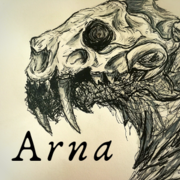


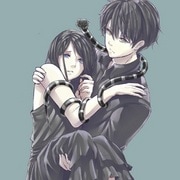
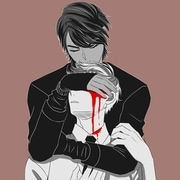

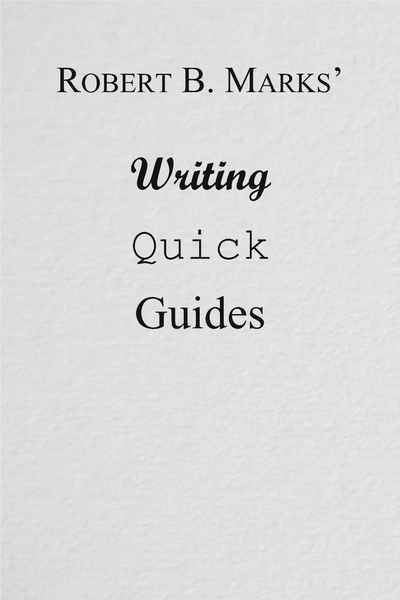
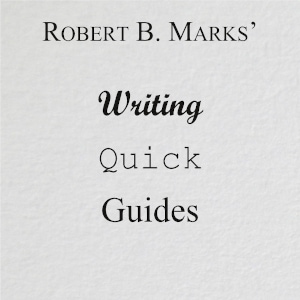
Comments (0)
See all